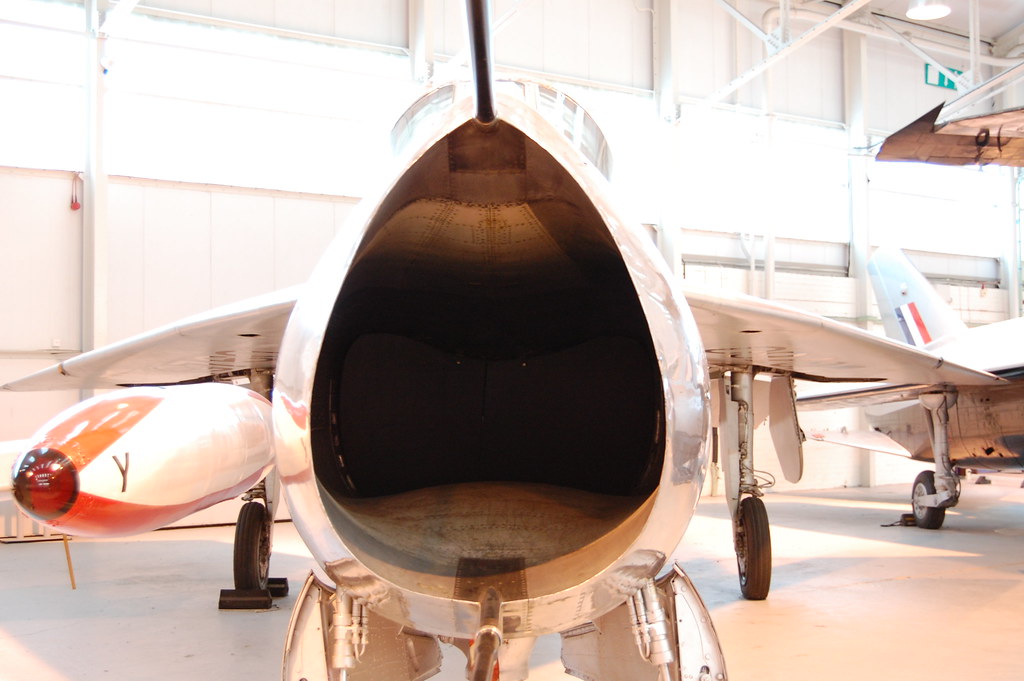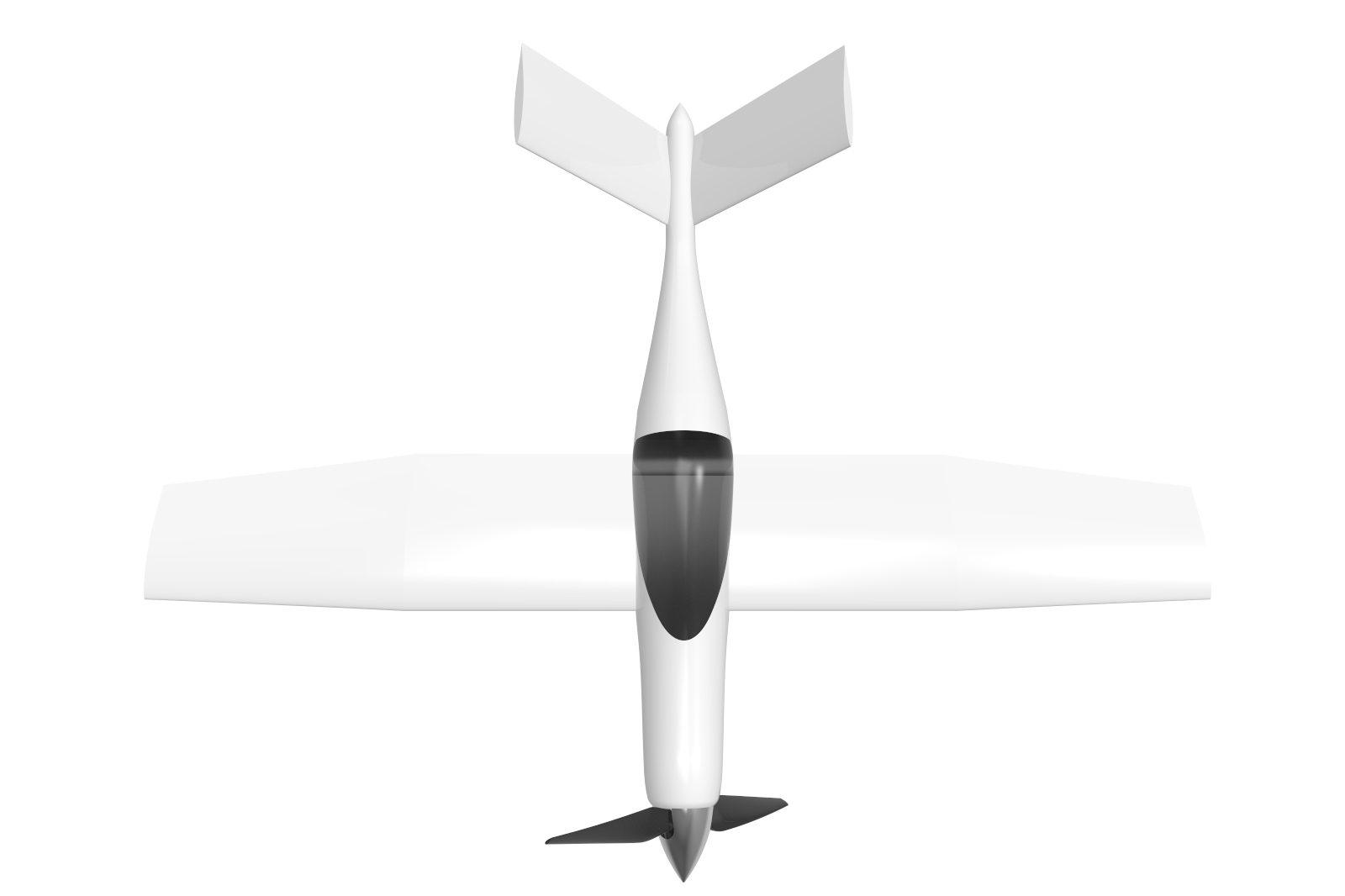
As Paris prepares for the Summer Olympics in a year’s time, aviation start-up Volocopter aims to make history with its VoloCity program. This commercial aircraft is revolutionising city travel through electrically-powered vertical take-off and landing (EVTOL) technology.
The electric aircraft will serve as a flying taxi service for the expected 600,000 guests who will be attending the Paris Olympics and all travelling to the celebrations and following a 6km route.
The expected guests are to exceed the Olympic stadium capacity tenfold: a notable strain on the city’s traffic congestion and public infrastructure. The electric aircraft services are predicted cover the routes between Charles de Gaulle Airport and Paris-Le Bourget; Austerlitz Barge Vertiport to Paris Heliport; and Paris Heliport to Saint-Cyr-l’École (Versailles).
Flying cars, Possibilities and Challenges
Challenges around battery limitations in electric aircraft remain, hindering the range and cost-efficiency of EVTOLs compared to traditional transport methods. EVTOL aircraft “actually have a very special battery set that’s a very low production and very expensive production, and will not reach high volumes any time soon,” says Bjorn Fehrm, who has a background in aeronautical engineering and has piloted combat jets for the Swedish Air Force. He now works for aerospace consultancy Leeham.
Safety is our priority, particularly when it comes to launching electric air taxi services. Find out more about the #certification process for our electric #VoloCity air taxi on our blog: https://t.co/kWmHBeWoYW pic.twitter.com/wMuKHgQqBN
— Volocopter (@volocopter) August 8, 2023
Lilium, another German company, offers a larger EVTOL design with thirty electric jets, aiming to connect congested cities and areas with poor rail transport. It already counts prestigious clients, such as Shenzhen Eastern General Aviation (Heli-Eastern). Heli-Eastern plans to buy a hundred Lilium aircraft vehicles for its flights between the Greater Bay region of China. This includes Hong Kong, Shenzhen, and Macao.
An Airborne Future?
Rather than competing with traditional transport methods, entrepreneurs are looking to integrate pre-existing connections.
“Where you have a good train connection at low cost…we wouldn’t want to compete with it,” says Lilium Chief Executive Klaus Roewe. “We come into play when there is no infrastructure and infrastructure is difficult to build.”

Austrian company Diamond Aircraft has successfully conducted the inaugural flight of its all-electric training aircraft at its Wiener Neustadt headquarters. The finished electric model eDA40 is anticipated to remain charged for around ninety minutes and recharge within twenty minutes. The manufacturer projects a potential reduction of costs in contrast to traditional piston aircraft of up to forty percent.
Unique battery challenges still make the future of aircraft uncertain, but globally, companies are banking on advancing battery tech to improve their aircraft’s competitiveness. Sean Clark, a NASA investigator on a state-sponsored project, is optimistic about the future of electric aircraft transport.
See all the latest news from Greece and the world at Greekreporter.com. Contact our newsroom to report an update or send your story, photos and videos. Follow GR on Google News and subscribe here to our daily email!



